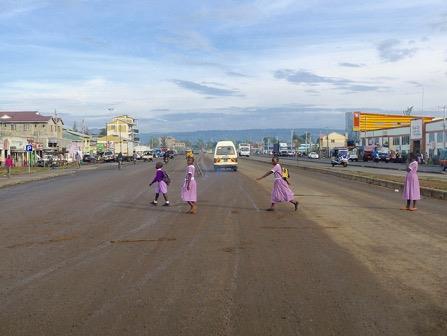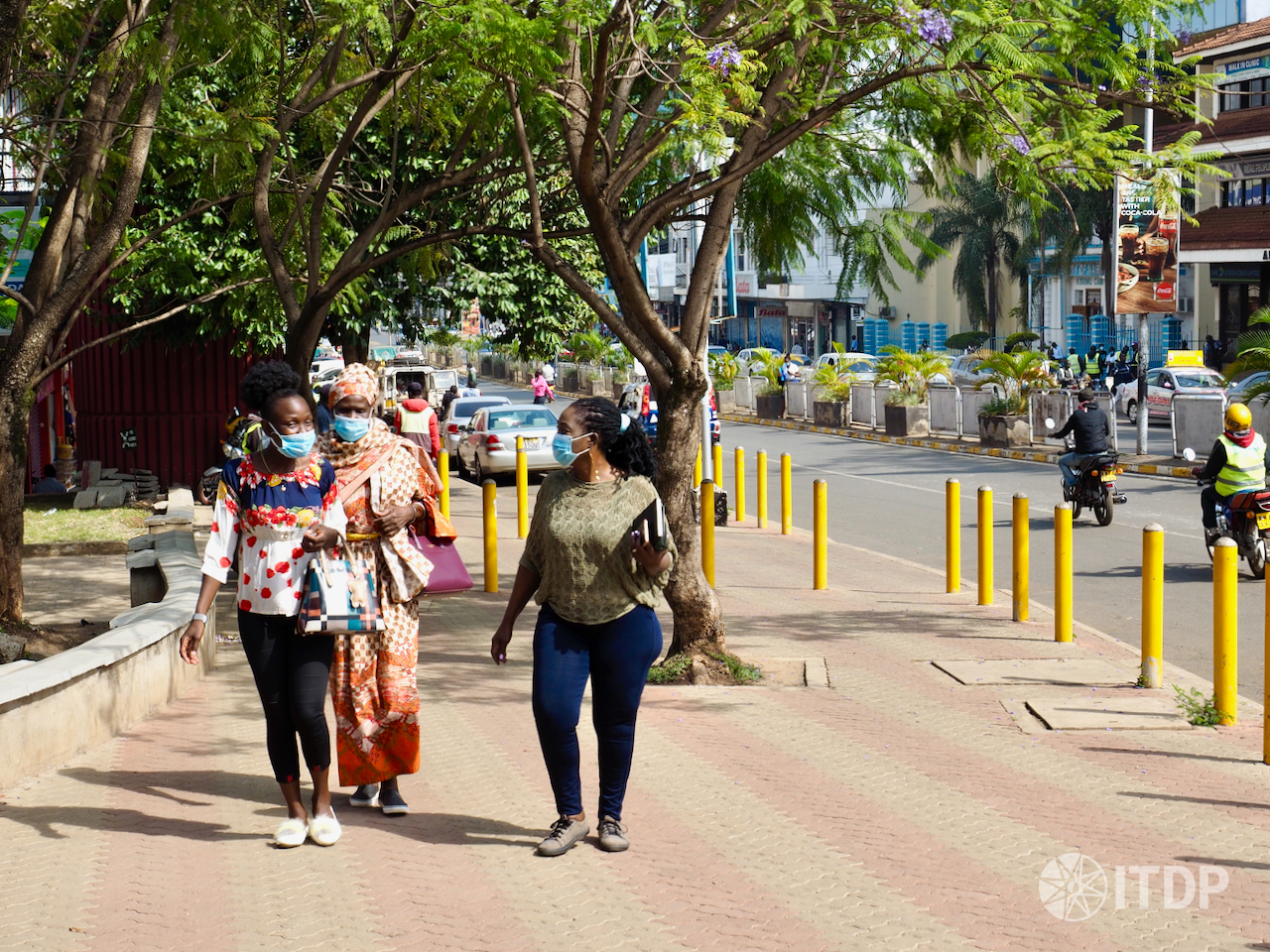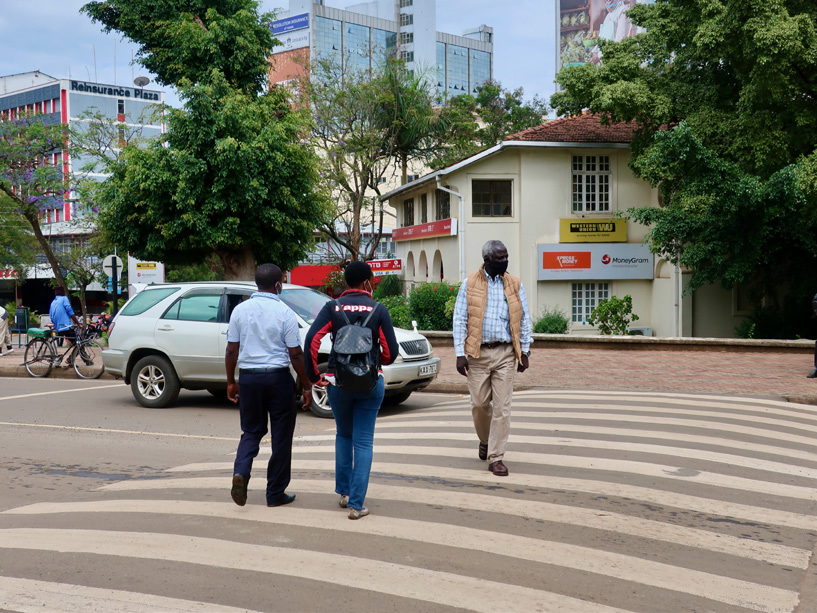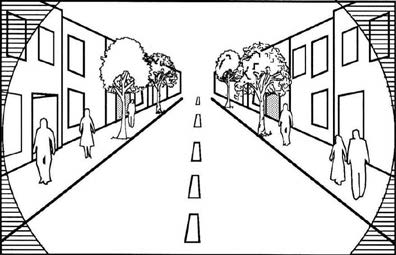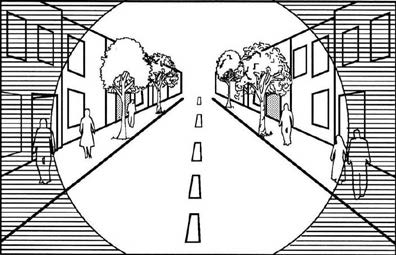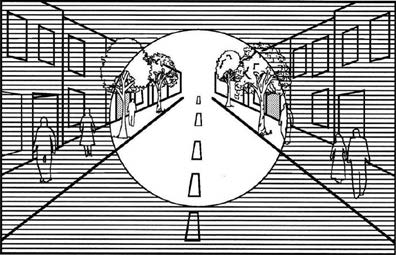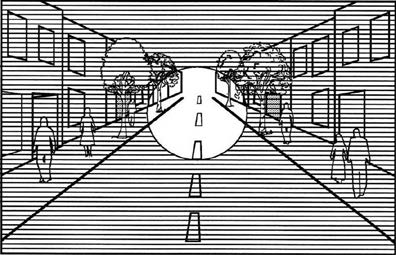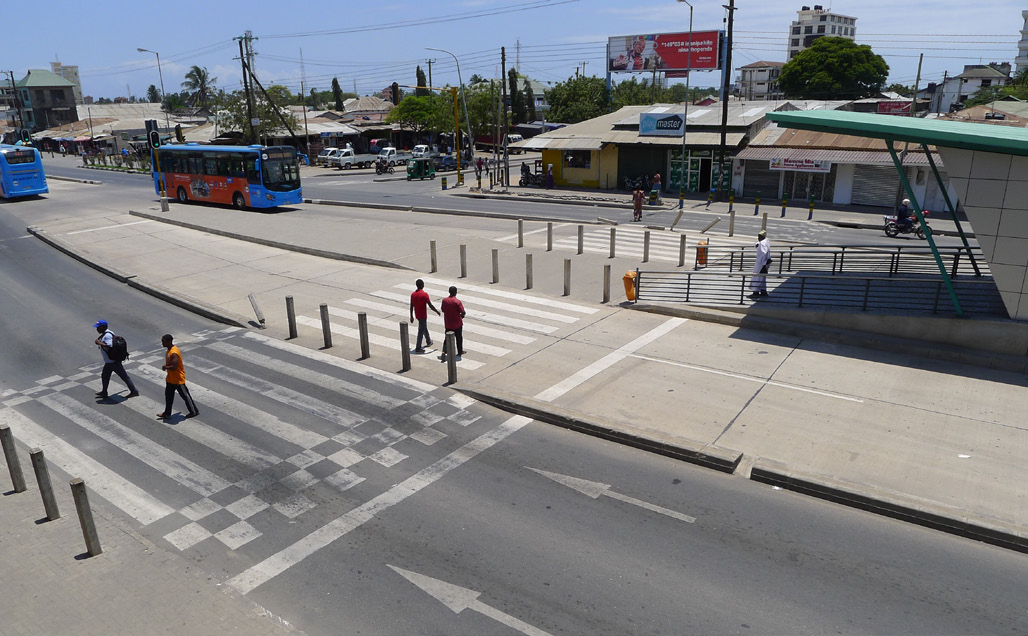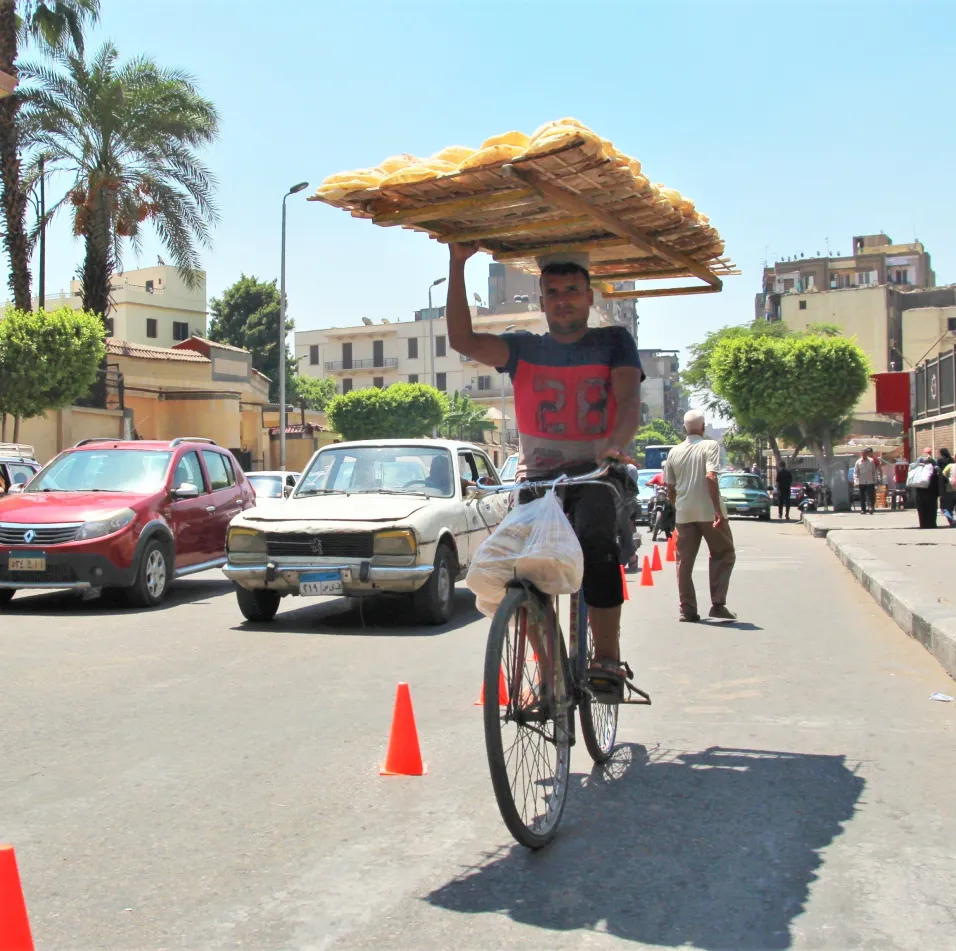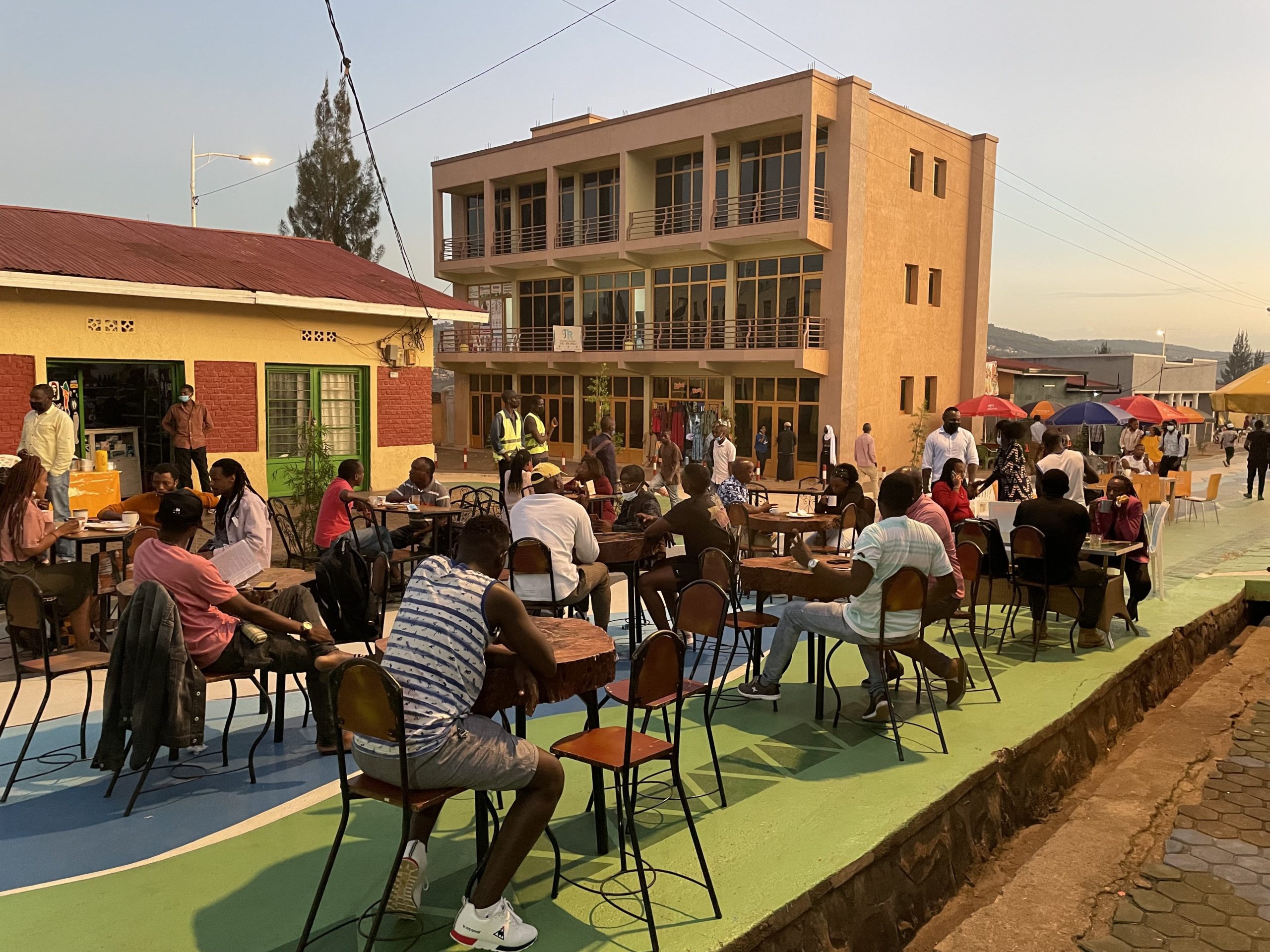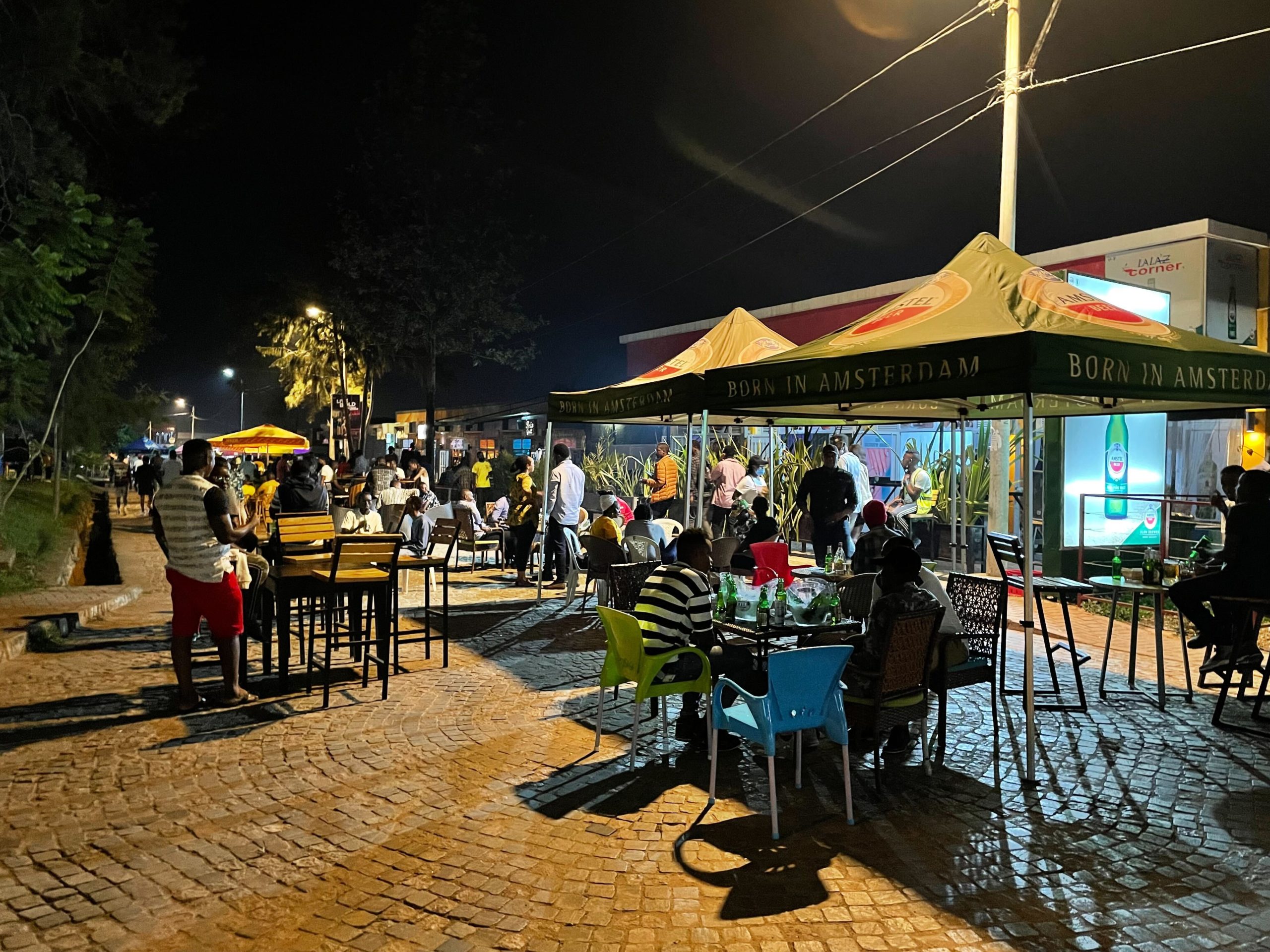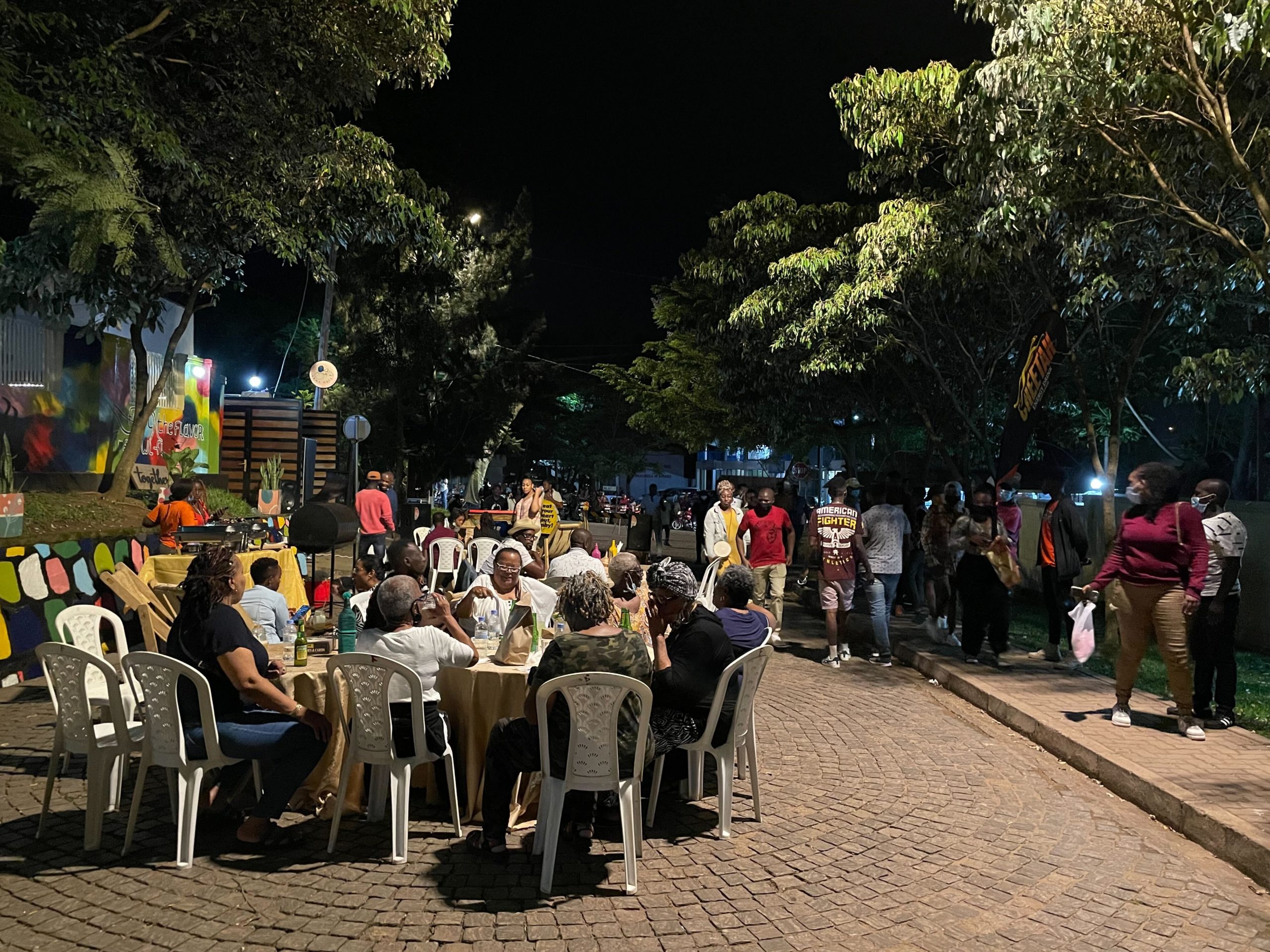August 24, 2022
Actionable steps towards reclaiming streets in Africa
Written in collaboration with Michael King
The growth of private vehicles in urban areas has over the years resulted in a transport planning system that focuses more on private vehicle travel and less on other sustainable modes of transport such as walking, cycling, and public transport. In many African cities where a majority of urban residents walk, cycle, or use public transport, a more balanced approach to redesigning streets is warranted for more equitable and accessible transport.
An overview of existing street designs across urban areas in Africa shows that infrastructure investments seldom consider travel patterns, livability, and sustainability. In Johannesburg, South Africa, a narrow median fails to offer a safe space to cross a multiple-lane carriageway. Medians should be at least 2 m wide so that a person with a pram or a bicycle can wait to cross the street comfortably and safely, away from the flow of traffic. A wide street with four lanes per direction in Addis Ababa, Ethiopia, exemplifies the growing trend in car-centric designs
Lack of adequate consideration for the needs of users in road construction, including lack of traffic calming or pedestrian crossings, has resulted in increasing traffic crashes, especially along high-speed highways.
Wide turning radii at intersections encourage speeding by vehicles, making it unsafe for pedestrians to cross the road.
Streets rank among the most valuable assets in any city. Streets not only ensure residents’ mobility, but also are places for people to meet, interact, do business, and have fun. Streets make a city liveable. They foster social and economic bonds, bringing people together. Decisions about how to allocate and design street space have a tremendous impact on quality of life. Urban streets have multiple users, including pedestrians, cyclists, public transport passengers, motorists, and freight transport. Effective urban street design ensures safety for all, particularly pedestrians and cyclists, and facilitates efficient use of road space by prioritising public transport.
Examples of effective local solutions that can be implemented to prioritise pedestrians and cyclists.
Safe urban street design encourages moderate vehicle speeds. Street designs that reduce motor vehicle speeds can significantly improve pedestrian safety since the likelihood of pedestrian death in a traffic collision increases dramatically when motor vehicle speeds rise above 30 km/h. A pedestrian has a 90 percent chance of surviving being hit by a car travelling less than 30 km/h, but only a 50 percent chance of surviving an impact at 45 km/h. In addition to the risks associated with collisions, high speed also reduces the driver’s field of view, thus affecting the driver’s ability to respond to changing conditions in the roadway. At speeds below 30 km/h, it is much easier for drivers to see their surroundings and detect potential conflicts with pedestrians, cyclists, or other motor vehicles. Slower vehicles also create a feeling of safety for pedestrians.
As one speeds up, one’s ability to see peripherally is reduced.
Streets are often designed to maximise the amount of space for motor vehicle movement. Yet vehicle movement and mobility are not one and the same. Mobility is about getting people to where they want to go, efficiently, conveniently, and safely. Mobility can be provided through high-quality, high-capacity public transport, which does not necessarily mean moving large numbers of vehicles. Urban areas should include shared multimodal streets including links dedicated to pedestrians and cyclists.
The Dar es Salaam BRT system provides an efficient quality public transport system. Corridor designs include safe tabletop crossings for pedestrians accessing the stations. Feeder buses access high-quality terminals
Larger streets with speed limits of 40-50 km/h require physically separated cycle tracks and footpaths. Traffic calming or signalisation is required at pedestrian crossing

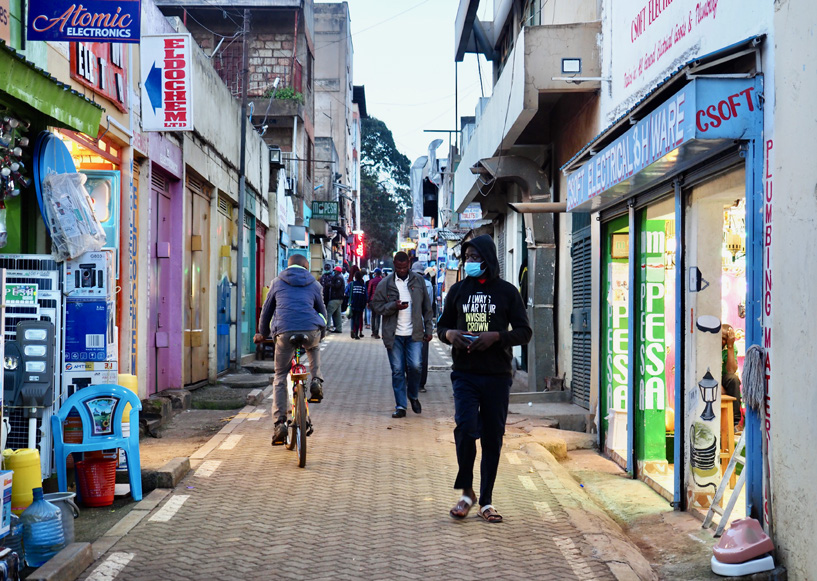
Tactical urbanism is a key tool in reclaiming streets, while also ensuring there is adequate participation by residents and users. Gathering stakeholders and working through site-specific design challenges is the most effective way to collaboratively advance a project and ensure high levels of acceptance. It is also a phenomenal press event that can build public momentum. Car-free days and car-free streets are some of the effective ways to alter perceptions about public space. Kigali has a series of temporary “open streets” and streets that have been permanently converted to plazas. They have the support of adjacent businesses and contribute to the city’s liveliness. In Cairo, ITDP worked with stakeholders to evaluate how reducing turning radii at intersections to reduce speeds while also incorporating cycle tracks would influence the current conditions.
A temporary bike lane used by a delivery cyclist carrying freshly baked bread during a tactical urbanism event in Cairo
Kigali has a series of temporary “open streets” and streets that have been permanently converted to plazas.
Urban planners and engineers should use modal hierarchies to inform design and operational decisions. The main modes to be considered based on priority include pedestrians, bicycles, public transport, personal vehicles, and freight.

To encourage the design of safe and efficient streets, engineers and city planners should prioritise pedestrians, cyclists, and public transport in the user hierarchy
Michael King has worked with ITDP since 2000. Read more of his postulations at https://www.trafficcalmer.com/blog and follow him at @trafficcalmer.



